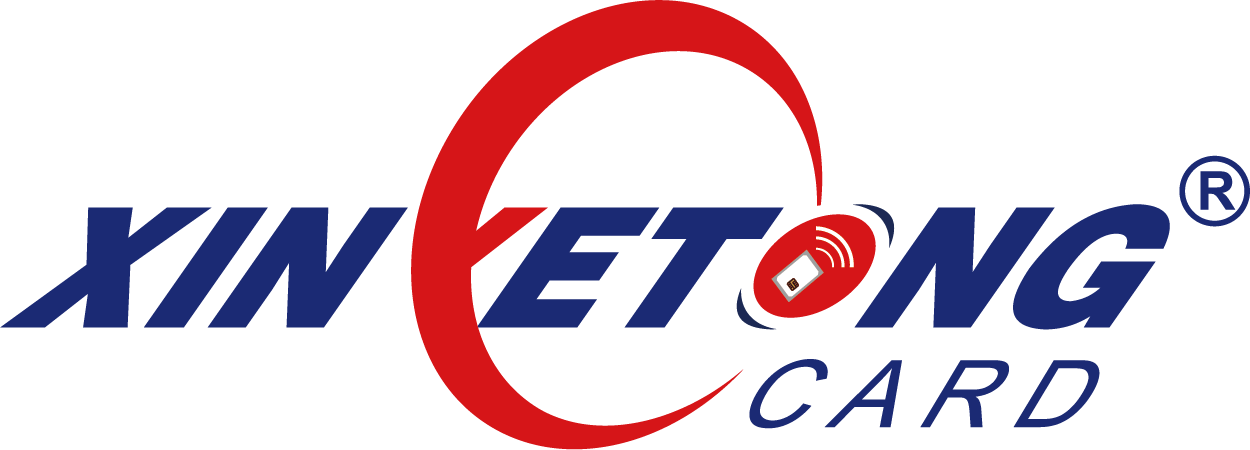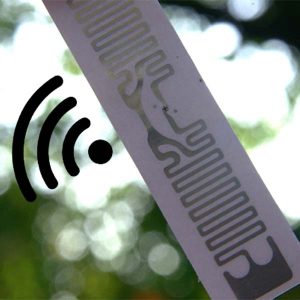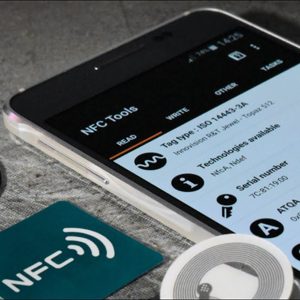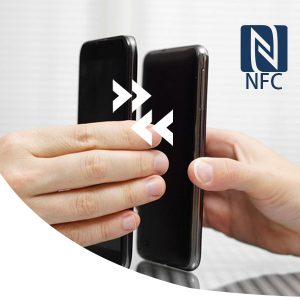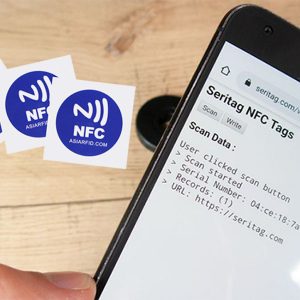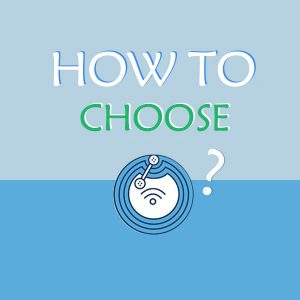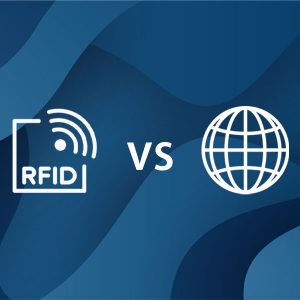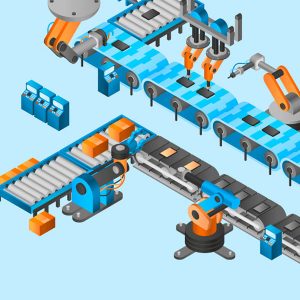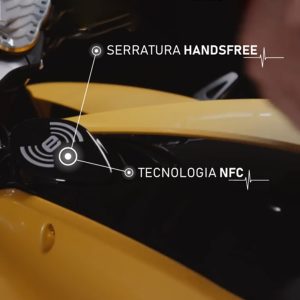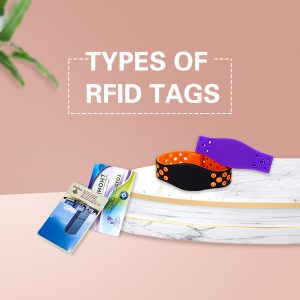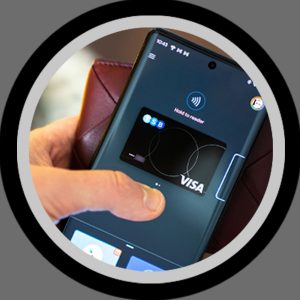
What is NFC Payment and How to use?
Via the use of an NFC-enabled device, such as a smartphone or smartwatch, Near-Field Communication (NFC) payment technology enables contactless transactions. This method of payment employs virtual card information kept on the smartphone rather than actual credit cards or cash, which removes the need for both. Convenience improved security, and quicker transaction times are a few advantages of adopting NFC payment. What precisely does place during an NFC payment transaction, though? This is a comprehensive manual.: What is NFC? The
